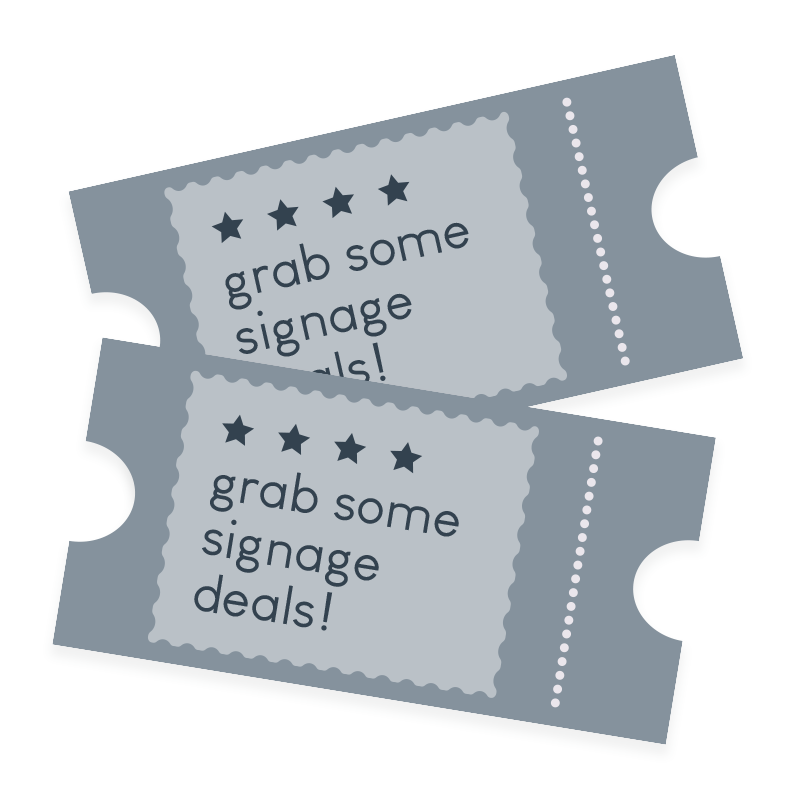
05 Feb Web Design Trends for 2016
Web design is an ever changing space and there are many trends that come and go. Here is our pick of six website design trends that we feel have gained traction over 2015 and we will likely see more of in 2016.
- Hero videos
High speed internet connections and integration makes it easier to add a dynamic visual ‘welcome’ to the site. Often gentle movements create a great experience for the user. We love the use of video on the Airbnb website.
- Scroll or Not to scroll
Increasing mobile usage has given light to longer, more story-like home pages. Because it is so easy to flick your index finger up than click to a new page, right? We are now used to long scrolling pages and moving down to read on. Our take on this – in 2016 we will either see websites embracing the long scroll, or they will have very little scroll and a more minimal approach.
- Rich, Subtle Interaction
Websites are now more engaging, providing users with fun and interactive experiences where they are the ones in control. Hover functions, galleries and animations push the user to take advantage of the website and move their mouse around the page – therefore engaging in the content and staying there for longer.
- Micro-interactions
Micro-interactions exist in our everyday life. They are the result of a single use – and tend to do, or help you, see the result of an action, communicate a status or manipulate something. Micro-interactions can enhance how users experience your website. Simple realistic interactions will become even more common in websites and in time make websites and devices appear more human like.

- Material Design
Google’s material design has seen a slow progression but more and more websites are adopting this conceptual design philosophy. Material design is the combination of more tactile elements and provides a flexible grid format that ensures consistency across layouts, screens and information flow. Animation, transparency, boundaries, shadows are all elements of material design.

- Functionality and design
A seemingly well designed website is nothing without the correct functionality. Users are becoming more and more aware of the importance of functionality on a website. Yes, it may look good but if you cant navigate it easily then why stick around? Think about the way your client will use the site – what they like, what they click etc.
Keep in mind that even though these web design elements are current, available and trending, it doesn’t mean you have to use them all. It is key to identify and understand your users and what your website is trying to achieve – start with a solid web strategy.


 grab some signage deals!
grab some signage deals! download our website checklist
download our website checklist